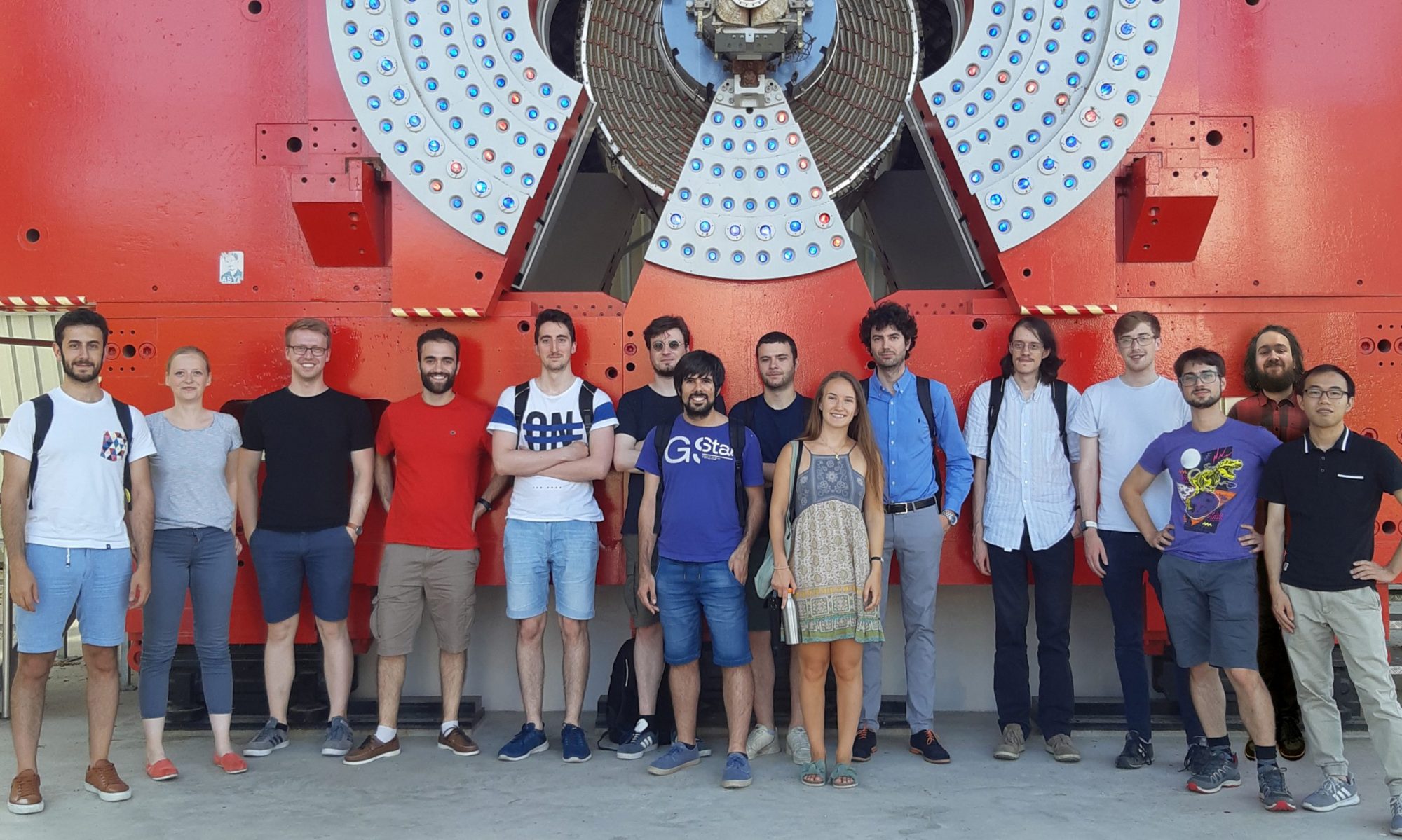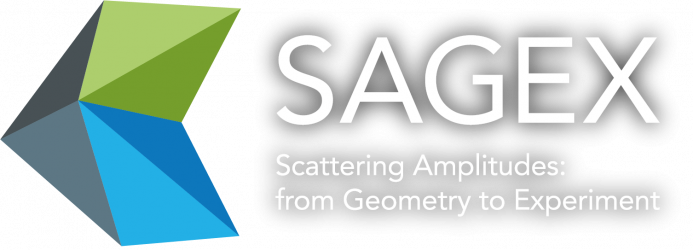
SAGEX role: beneficiary.
The University of Copenhagen was founded in 1479 and it is the oldest and largest university in Denmark. Today it has around 100 departments and research facilities, and six faculties – Health and Medical Sciences, Humanities, Law, Science, Social Sciences and Theology.
The university employs more than 5,000 academic staff, around 80 per cent of whom are research staff. Nine researchers associated with the university have been awarded Nobel Prizes, including Niels Bohr, who was awarded the the Nobel Prize in Physics in 1922 for his work on the structure of atoms. Other notable alumni include Tycho Brahe, who made the first scientific documentation of supernovas, and the philosopher Kierkegaard.
Niels Bohr International Academy
The Niels Bohr International Academy (NBIA) is an independent centre of excellence hosted by the Niels Bohr Institute. Their mission is to attract the best and the brightest to Denmark, and provide the environment to enable breakthrough research in the physical sciences and mathematics, such as astroparticle physics, biophysics, condensed matter, quantum devices, particle physics, cosmology, and theoretical astrophysics.
The NBIA staff includes several Professors, some of whom hold prestigious positions as Villum Kann Rasmussen and Niels Bohr Professorships. A significant number of NBIA Assistant Professors and Associate Professors have started new research groups in their disciplines by attracting prestigious national and European grants. The NBIA also hosts a large number of post-docs, PhD-students, and M.Sc-students. Typically one Visiting Professor is present at the NBIA at any given time, and we have a steady stream of international visitors, who are invited to give seminars or collaborate with NBIA members.
The NBIA hosts around ten workshops, symposia and PhD-schools every year. They also reach out to the public with a number of activities, including an annual series of public lectures in collaboration with the Danish Open University (Folkeuniversitetet).
Local SAGEX team
The SAGEX team members based at the University of Copenhagen are:
Research field:
Amplitudes in QCD, Yang-Mills and quantum gravity theories.
Contact:
bjbohr*nbi.ku.dk
Research field:
Methods, uses and extensions of the Ambitwistor string.
Contact:
humberto.gomez*nbi.ku.dk
Research field:
Applications of amplitudes results in effective field theory
Contact:
kays.haddad*nbi.ku.dk
Fellowship complete, now at Uppsala University.

